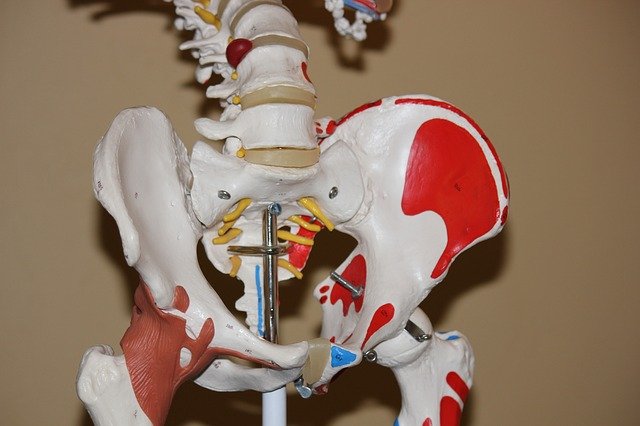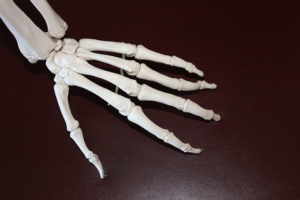Weather, seasons, and rheumatoid arthritis flares – Medical News Today
People with RA experience what are known as flares. During a flare, a person will experience a period of more intense RA symptoms, including:
fever fatigue joint pain, swelling, or stiffness
Flares are followed by remissions, when symptoms improve.
According to the Arthritis Foundation…….

People with RA experience what are known as flares. During a flare, a person will experience a period of more intense RA symptoms, including:
- fever
- fatigue
- joint pain, swelling, or stiffness
Flares are followed by remissions, when symptoms improve.
According to the Arthritis Foundation, doctors and people with RA often disagree about what a flare is.
A person with the condition may define a flare as a period of time when the symptoms increase and possibly cause them to miss social or work engagements. Doctors often define flares as periods of more joint involvement, a significant change in laboratory work, or both.
Flares sometimes have no known cause. Other times, they can be linked to triggers such as:
- food, though there is no evidence to back up any specific food triggers of RA
- infections or other medical issues
- a person’s mood or stress level
- increased physical activity
- weather
Some scientific evidence suggests that weather or seasonal changes may impact a person’s RA symptoms.
Experts do not understand exactly why this connection may exist. Some theories include the following:
- Changes in barometric pressure during a cold front cause the tendons, muscles, bones, and scar tissues to contract and expand. This causes pain in the tissues that arthritis affects.
- Low temperatures may increase the thickness of joint fluids so that the joints become stiffer and harder to move.
- People may be less active in colder weather, which worsens symptoms.
- Extreme weather dampens a person’s mood, which, in turn, worsens RA symptoms.
The sections below look at what the research has to say.
Seasons and flares
A 2019 study of more than 12,000 people with RA concluded that symptom flares in the small joints of the hands and feet occurred most often in the spring, then in the winter. Seasonal changes seem to have less of an impact on the larger joints.
In a smaller 2020 study, researchers found that extreme temperatures in the summer and winter significantly impacted RA symptoms. Other autoimmune conditions, such as Sjögren’s, also seemed to flare during extreme weather in the summer and winter.
Weather and flares
Some people report that pain and arthritis symptoms worsen during periods of cold, rain, and low atmospheric pressure. Others say that flares tend to occur when it is humid or hot outside. For now, there is no scientific consensus on how weather affects RA flares.
In a <hl-trusted-source …….
Source: https://www.medicalnewstoday.com/articles/seasonal-change-rheumatoid-arthritis







